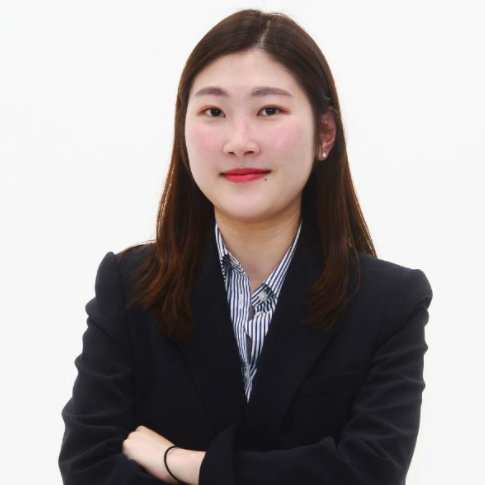[KH Explains] Why doctors refuse to bend despite lack of public support
South Korea has enough doctors. Rather, the government should address the unfair payment structure and redistribute patients and doctors, medics say.
By Park Jun-heePublished : Feb. 29, 2024 - 14:51
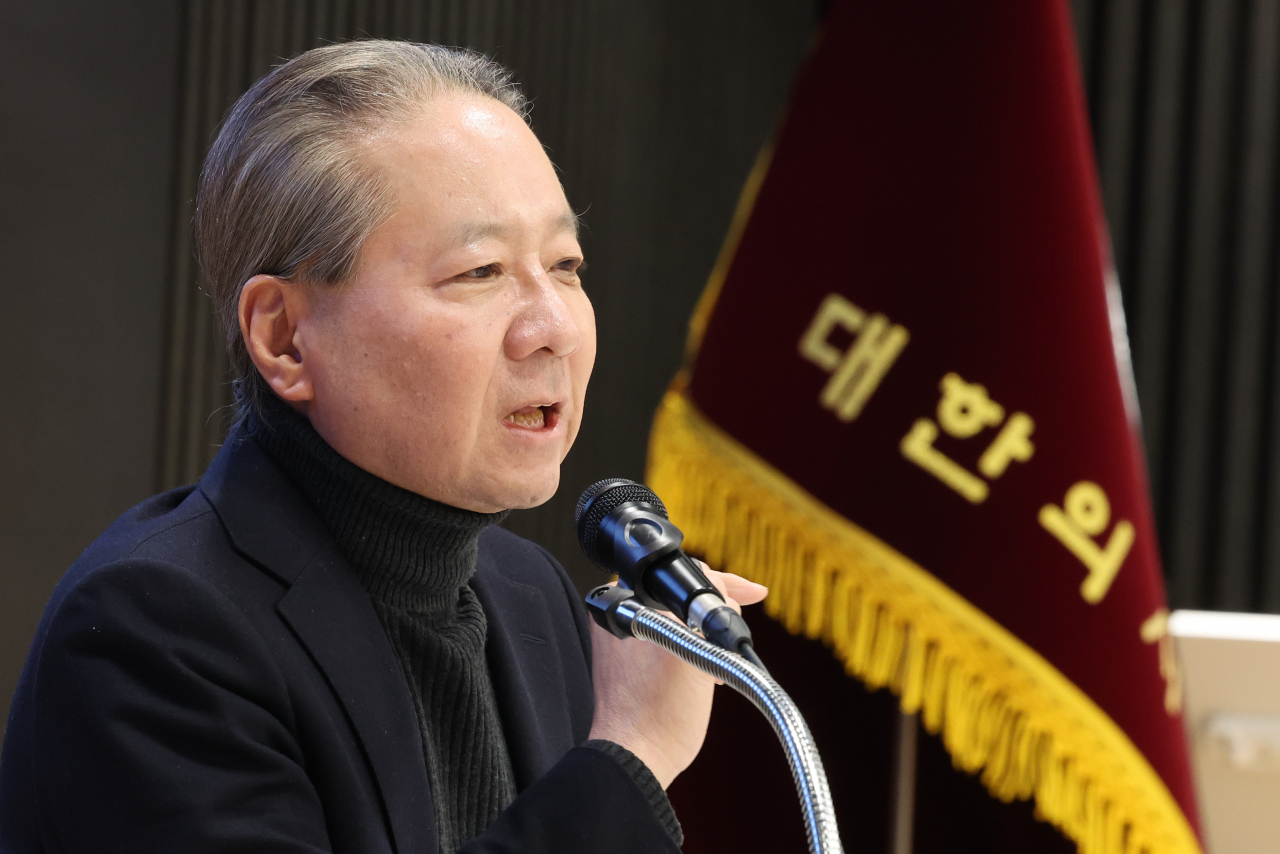
The recent mass walkout by junior doctors has led to unprecedented disruptions in South Korea’s otherwise well-regarded medical system. Both the government and doctors’ groups have refused to bend over plans to increase the number of places at medical schools.
Both sides amped up their publicity efforts rather than actively seeking a compromise, as the government’s Thursday deadline for junior doctors to return to work loomed.
The government has reiterated the need for medical reform, while the doctors have denounced the direction of the plans as miscalculated.
Doctors who fail to meet the deadline could have their licenses suspended and even face criminal charges, the government warned.
The public has remained largely hostile to the doctors’ campaign as they faced imminent hurdles in receiving critical medical care. Nine patient groups, including the Leukemia Patients Organization and Kidney Cancer Association, on Thursday, lodged a complaint with the National Human Rights Commission, over the risks they faced due to the strike.
So why have the doctors, one of the most revered professionals in the country, risked the well-being of their patients and their reputation to oppose the government’s plan to increase medical school quotas?
What sparked the strike
The South Korean government announced on Feb. 6 that it would add 2,000 new spots in the medical school quota from the current 3,058 starting from the 2025 school year. The aim is to make up for a shortfall of doctors in essential fields and broaden access to health care outside the capital area.
The government has cited the need to meet the growing demand from a rapidly aging population, while bolstering specialized care for the elderly.
But simply increasing the quota isn’t a solution, according to Joo Soo-ho, the head of the emergency committee’s public relations council under the Korean Medical Association, which is the country’s largest doctors’ group with some 140,000 members. He claimed that Korea was not running low on doctors, and having more physicians isn’t a solution to medical deserts in rural areas, echoing the stance of many doctors here.
Instead, Joo says Korea’s entire medical system needs to undergo massive surgery to bring it back from the brink of collapse. Better compensation, heeding to the needs of doctors, as well as establishing a safety net for legal accidents could be better solutions, he said.
Enough doctors?
When discussing the issue of whether Korea has enough doctors, the frequency of health care use becomes a key indicator, according to Joo.
Koreans already has smooth and high access to outpatient care compared to its 37 other Organization for Economic Cooperation and Development peers. Koreans attended an average 14.7 outpatient care appointments per year, noticeably higher than the Organization for Economic Cooperation and Development average of 5.9, according to 2020 data released by the Paris-based organization.
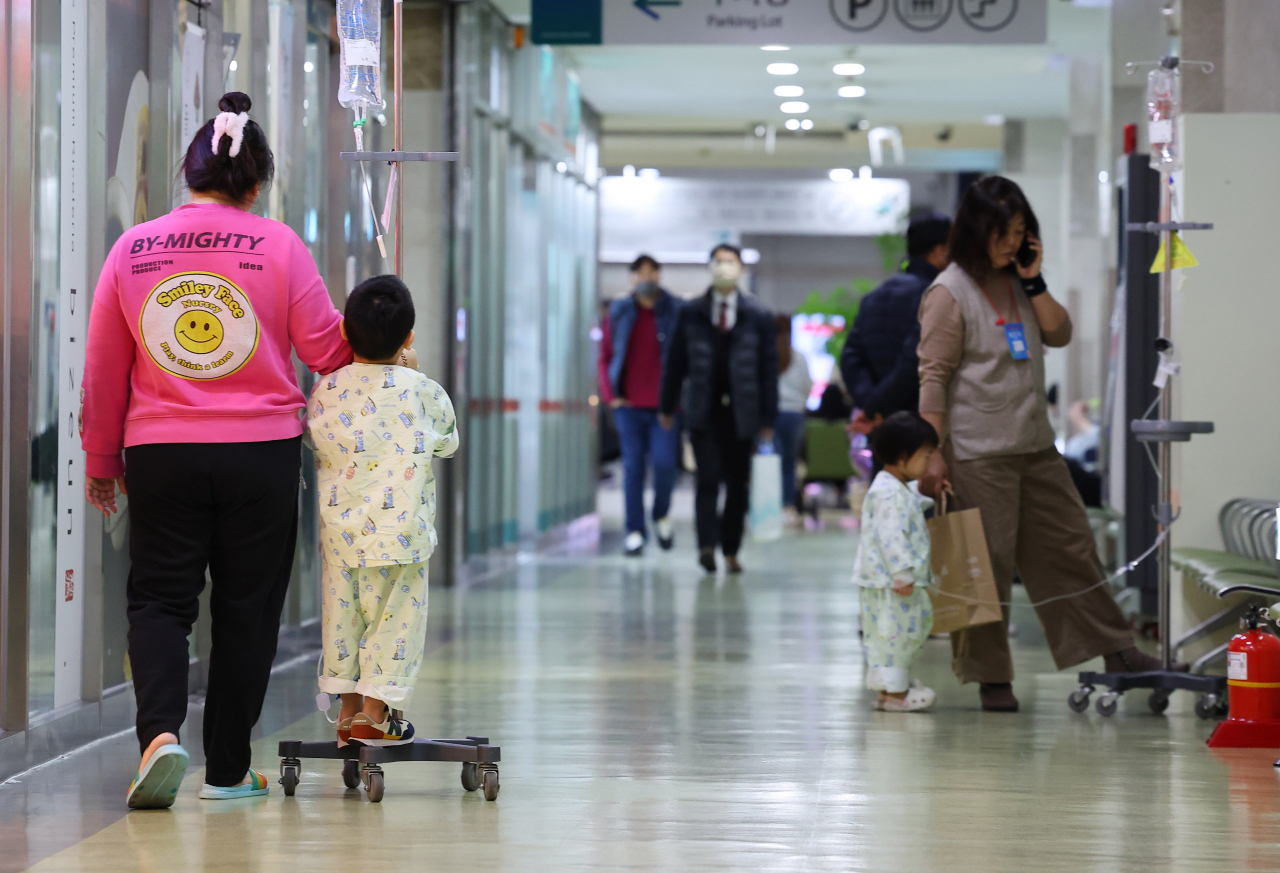
“South Korea is the only country on Earth where patients can meet and receive treatment from doctors at a low cost on the day they want it. If patients want cataract surgery today, for example, they can get it, whereas it would take a few dozen days in Europe. It’s also more expensive there,” Joo told The Korea Herald.
The Ministry of Health and Welfare, however, recently said that the number of doctors for every 1,000 people stands at 2.2, which is far below the OECD average of 3.7.
When asked about the government statistics, Joo said that they don’t paint the full picture, explaining that Korea has a similar number of doctors to the United States and Japan.
“Countries like Germany and England have more doctors and want more because most of their medical institutions are public, whereas hospitals here, like Japan and the US, are mostly private. The government shouldn’t lie about (such facts),” he said.
OECD statistics released last year put the number of doctors per 1,000 people in Korea at 2.5, the same as Japan and slightly less than 2.6 in the US. The ministry statistic is lower because it doesn’t count doctors of traditional Korean medicine, while the OECD does.
Joo also noted that the country is not running short of children’s units, citing a doubling in the number of pediatric specialists.
“The population aged 15 or younger in the early 2000s was around 9.9 million, which halved to nearly 5.4 million in 2023. On the other hand, the number of pediatricians went from 3,400 to 6,200 in the same period,” he said.
The so-called “open run” for pediatrics -- where parents compete to get scarce pediatric appointments early in the morning -- is a phenomenon that arose because doctors face a backlog of children in the morning before parents go to work, he explained. He added that the appointments later in the day were relatively empty.
Also, Joo said emergency room overcrowding is due to the people’s “wrong perception” of the ER system.
People suffering from mild illnesses, including those with small cuts on their hands, often visit emergency rooms to get treated, which works as a hurdle for those who require more urgent treatment. It is not because the country doesn’t have enough ERs.
Speaking on the medical gap between urban and rural areas, Joo said rural areas face health care inequality because patients go to hospitals in Seoul, even if universities and general hospitals in non-urban provide the same level of care.
“Rural residents are flocking to Seoul, causing the hospital decline there. How is this interpreted as a doctor shortage problem?”
Better compensation
The health care system won’t be fixed even if the country has more medical students next year, Joo argued. Rather, he proposed that the government should come up with plans on how to better compensate doctors.
Joo pointed out the unfair payment structure where the fees for pharmacy services are much higher than for doctors who perform operations or those operating pediatric clinics and obstetricians, which he sees as one of the biggest reasons doctors are shifting their careers to non-essential areas.
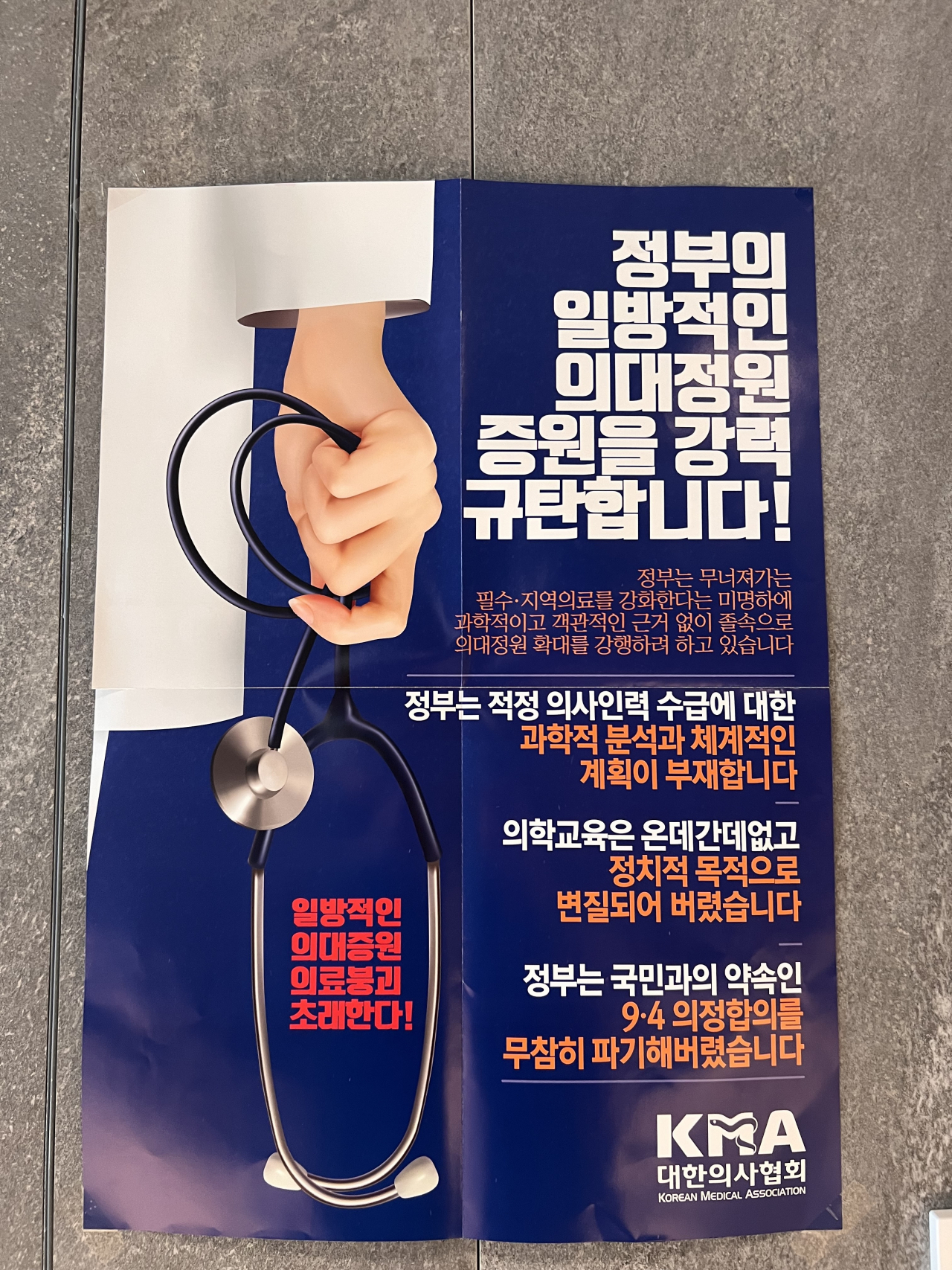
Park Dan, the head of the Korea Intern Resident Association’s emergency committee, also adopted a skeptical view on the increase in medical students, demanding the government improve working conditions for trainee doctors, who are deemed the backbone of hospitals, as many of them are vulnerable to greater levels of working hours and are underpaid.
He also wrote on his social media that he is “willing to be arrested” in protest of the planned hike.
Lee Dong-wook, who heads the Gyeonggi Provincial Medical Association, struck a similar chord, saying that the government should address how to redistribute patients and doctors since people line up at university hospitals while local hospitals are empty.
“What people want is quality over quantity. But the government’s approach is akin to saying that we should build more restaurants because people line up at popular restaurants,” Lee said in a prerecorded debate with the government that aired on MBC last week.
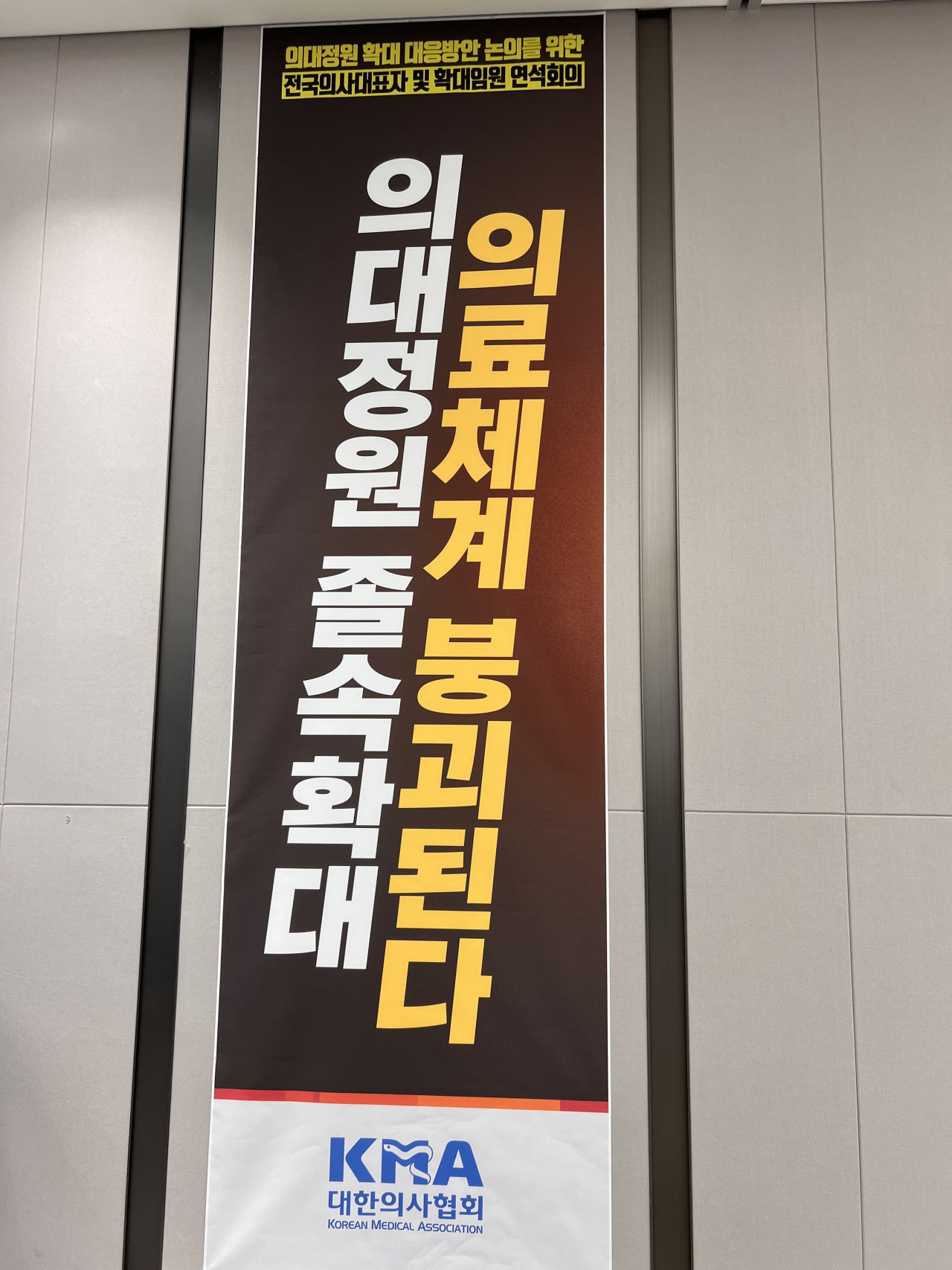
In addition, Joo called on the government to devise plans that could alleviate doctors’ legal burdens, citing the case of doctors at Ewha Womans University Mokdong Hospital who were indicted in the deaths of four newborns but were acquitted five years later.
“We already have enough doctors, but they are leaving because (the country) isn’t able to protect them,” Joo said.
Was strike the only option?
Despite the doctors’ views, experts say they’re facing backlash from the public for putting their grievances above patient care.
“Going on strike while leaving (patients) behind could be seen as an ‘unethical behavior’ to some people,” Huh Chang-deog, a sociology professor at Yeungnam University said in a recent interview.
“Even if they are correct, it’s not right for the public, especially those who are sick, to bear the brunt (of doctors’ collective action),” Huh added.
Jeong Hyoung-sun, a professor of health administration at Yonsei University, said that rolling out additional measures won’t solve the strike, adding that doctors will “go all out” to try to flip the government’s decision.
“(The government) recently introduced a reform package for improved essential health care, which catered to their needs. But doctors are opposing the scheme to pick a fight with the government,” Jeong told The Korea Herald.
“The only way to handle (the situation) at this point would be to give more compensation to doctors working at hospitals as they’re the ones giving direct treatment,” the professor added, noting that it would likely continue for the time being.
Lee Ju-yul, a professor at the Department of Health Administration at Namseoul University, echoed that any policies that exclude the medical school quota issue will all be for nothing.
“The demands by the Korean Intern Resident Association include rediscussing about having more medical students. But nothing will work if the government isn’t open to accepting it,” Lee said.












![[Kim So-hyun] The quiet taxi driver from Paris](http://res.heraldm.com/phpwas/restmb_idxmake.php?idx=644&simg=/content/image/2024/04/25/20240425050891_0.jpg&u=)

